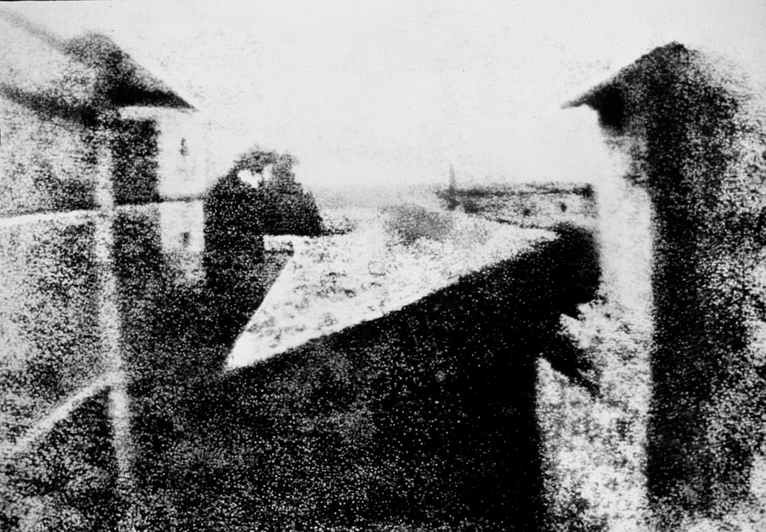
Romanticism was an artistic, literary, musical, and intellectual movement that originated in Europe towards the end of the 18th century, and in most areas was at its peak in the approximate period from. This period depicted more emotions such as trepidation, horror, and wild untamed nature.

The earliest known landscape photograph was in 1826 taken by a French inventor by the name of Nicephore Niepce.
The Age of Enlightenment (also known as the Age of Reason or simply the Enlightenment) was an intellectual and philosophical movement that dominated Europe in the 17th and 18th centuries with global influences and effects.


Sublime is a aesthetic concept of ‘beauty that is big and dangerous’. Sublime refers to the wildness of nature. In history of ideas it has a deeper meaning, an ideal that artists have long pursued. Taking inspiration from the rediscovery of the ‘Pseudo-Longinus’ and Edmund Burke, British artists and writers on art have explored the sublime for over four hundred years. In the introductory essay Christine Riding and Nigel Llewellyn trace the relationship between British art and the sublime, discussing ideas and definitions of the sublime used in the Baroque, Romantic, Victorian periods and modern periods. The accompanying piece by Ben Quash considers an intractable problem for Christian art – the notion of a separation between the sublime and the beautiful in God’s creation.
moodboard

